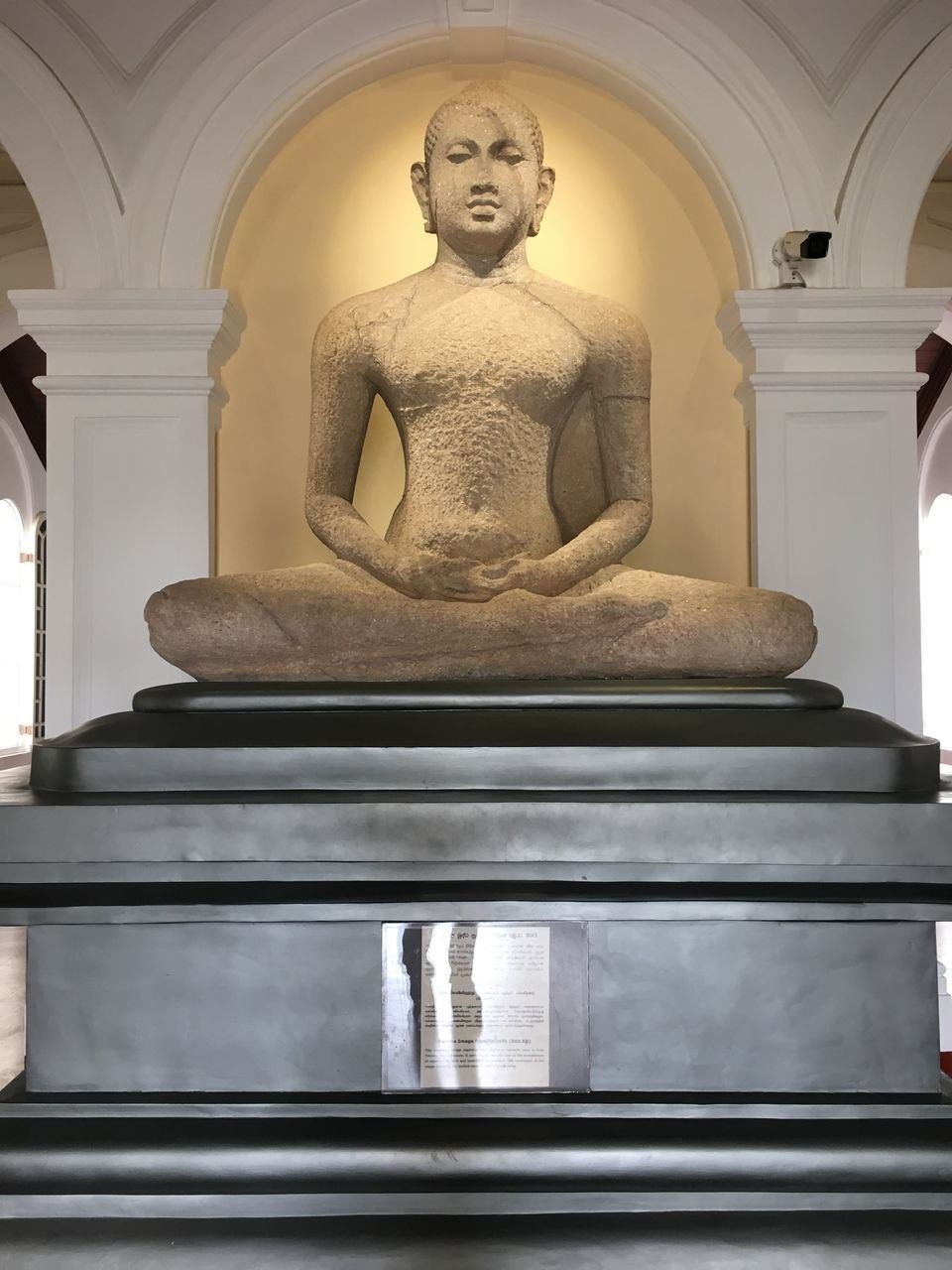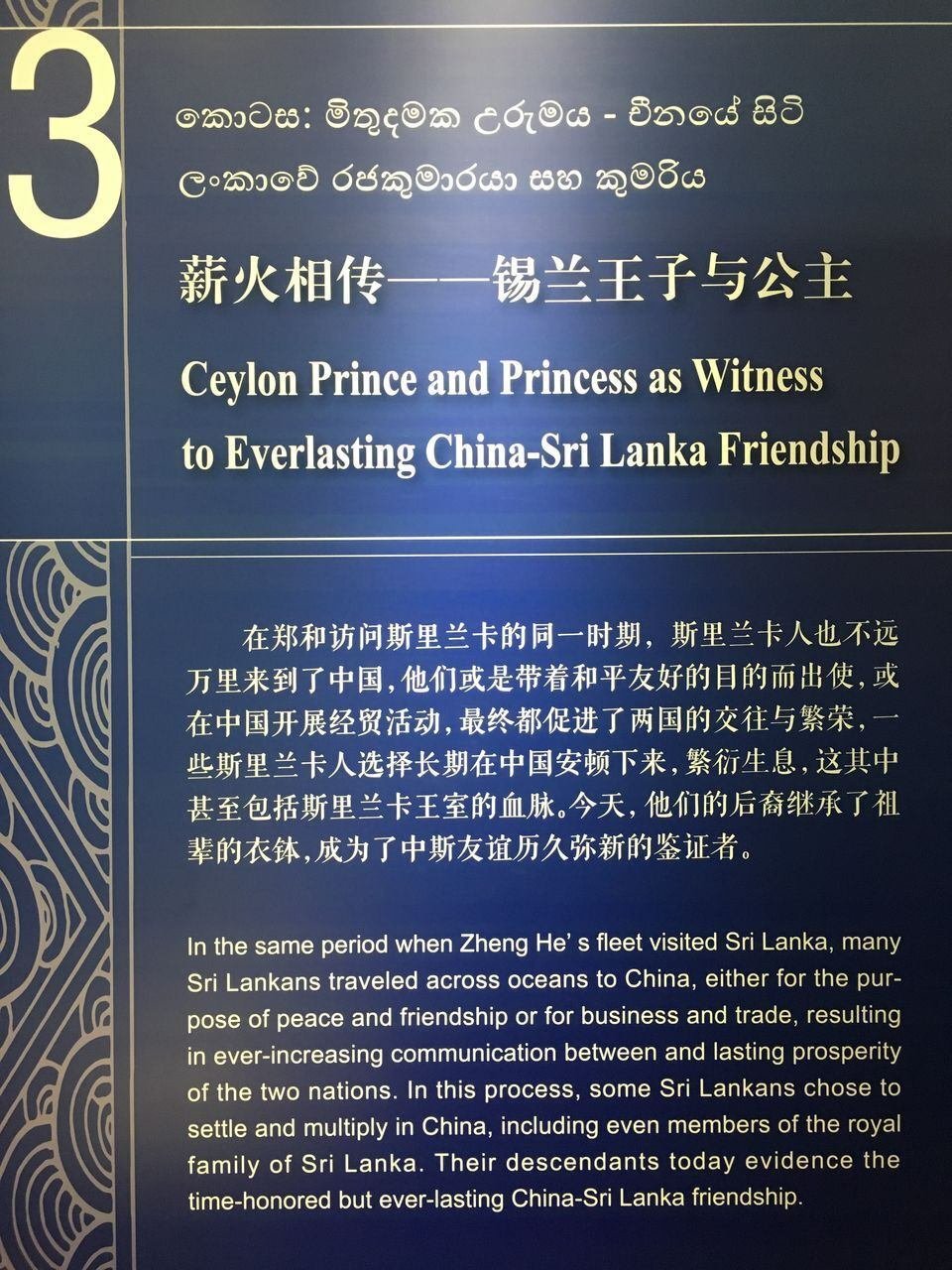
㊲スリランカ旅/中国の影響力分析Part1(コロンボ)
2018年1月の記事です。
さて、論文のテーマに一見関係しないドイツ、イギリス、タイを訪れた後に本命のスリランカに滞在しております。『中国のスリランカ、ミャンマー、ラオスに対する影響比較(インフラ開発の視点から)』が研究内容で、夏休みから新たにスリランカを加えたので今回初めての上陸になります。タイのバンコクから3時間半のフライトでコロンボに到着しました。
ハンバントタ(Hambantota)
2018年1月2日夜にコロンボ(Colombo)に到着してから3日ゴール(Galle)と移動して、本日4日にようやくお目当てのハンバントタ(Hambantota)に来ました。

今回は、Amazonで角川書店の書籍半額フェアで本を10冊以上購入してしまったせいで、いつも愛用しているKindle電子版の地球の歩き方(1700円)がダウンロードできませんでした。
そのため、ガイドブック無しで全ての情報を現地のスリランカ人に聞くことで行動していますが、ハンバントタという田舎の町でさえもかなり英語が通じて助かります。
以下は、スリランカの旅の感想になります。
バックパッカーの入門国
観光に適した鉄道網とバス網がかなり発展しています。コロンボ→ゴール→マタラという南部のルートは鉄道で制覇することが出来ます。日本から少し距離があることを除けば、まさにバックパッカーの入門国とも言えます。私が常連のタイのユースホステルでは多くのバックパッカーにコロンボをオススメされたのも今になっては頷けます。
他方で、マタラよりも東に位置するハンバントタは鉄道が伸びていないために外国人観光客が激減します。本日、ハンバントタに向かった外国人は唯一私のみでしたので、バスの中では奇妙がられました。
物価水準
物価水準に関して言えば、1円出せば1.3ルピーが手に入るので、100ルピーが80円程度です。日用用品はほとんど輸入品ばかりなので、スニッカーズやコーラの350ml缶が200ルピー全くお買い得感はありません。水はスリランカ製でどこでも1500mlが80ルピーとお買い得感ありです。
何よりも安いのが公共交通機関です。コロンボからゴールに行くのには、都市間高速バスで行くのが一番速く快適ですが、コロンボ市内からバス停があるマハラガマ(Maharagama)に行くの市内バスが29ルピー、マハラガマからゴールまでの都市間高速バスが410ルピーで130キロの距離を439ルピー(350円)で移動できます。
ゴールからマタラの鉄道も45キロで80ルピー(ほとんど区別はないが1等車140ルピー、2等車80ルピー、3等車40ルピー、乗る車両の違いでサービスも車両の内装も全く同じ)ですし、マタラからハンバントタへのバスも83キロが120ルピーと庶民と外国人への思いやりを感じました。
ミャンマーと似ている
あとは人々がみんな優しいというのもポイントです。
特に日本人だとわかるとみんな親切に道案内や質問への回答をして下さいました。ところどころにある仏塔(ストゥーパ)や腰巻布とシャツと人々の温かさからはどこか同じ上座部仏教国のミャンマーと似ている気がしました。
ちなみに、スリランカの方がミャンマーより宗教的な多様性があり、都市によっては仏教徒よりイスラム教徒の方が多い場所もあります。
中国の影響力@コロンボ国立博物館
学割が適用されず、1000ルピーもかかるコロンボ国立博物館に行ったところ、入り口入ってすぐ右手に興味深い展示を発見しました。




コロンボ国立博物館で見つけたもの
コロンボ国立博物館で見つけたものは、中国とスリランカの文化的な共通性を強調する展示でした。
中国はインフラ開発や軍事力というハードパワーのみならず、孔子学院といったソフトパワーも行使しています。今回、巡り合った展示も中国とスリランカの一体性を海のシルクロードという観点からPRするものでした。
展示のタイトルは、“Sailing through wind and waves” ~China-SriLanka Exhibition of the history and culture of the maritime silk roads~というものです。
展示物自体は木造の船のレプリカのみという大したことがないものでしたが、パネルが多かったため、これを元にすれば
「中国がスリランカに対してどのように海のシルクロードを説明しようとしているのか?どのようなロジックが背後にあるのか?」がわかると思います。
まず、展示の全体像ですが、
序言(Preface)
1.Monk Fa Xian and Buddhism
2.Zheng He and Maritime Trade
3.Ceylon Prince and Princess as witness to everlasting China-Sri Lanka Friendship
結語(Conclusion)になります。
1では法顕(337~422年)という仏僧、2では鄭和(1371~1434年)という中国大航海時代の立役者である明代の武将、3では中国に渡ったスリランカの王族が紹介されています。

まずは、序言から見ていきましょう。

中国とスリランカは国境を接していないが、実は海のシルクロードで紀元前3世紀から繋がっていて、13世紀には繁栄を極めていたことが記載されています。
序言(Preface)
China and Sri Lanka, two distant nations sharing no frontier with each other, were however connected by a network of maritime routes in ancient times that bears a historic testimony to human explorations and discoveries of the world despite turbulent oceans and seas. This routes network has ben widely referred to as the “Maritime Silk Roads”. Modern studies have revealed that first blazed by Chinese navigators, the Maritime Silk Roads has come to exist by the 3rd century BC at tha latest and culminated with exceptional prosperity around the 13th century AD. Over the sweep of history, the great maritime routes have not only seen countless travelers sailing through ocean wind and waves in the pursuit of their aspirations and dreams, but also evidences ever-increasing religious, trade and cultural communication between China and Sri Lanka.
はじめに1の法顕になります。

法顕という中国の仏僧が5世紀に何度もスリランカに旅をして仏教の教義を中国に持ち帰ったというスリランカと中国の宗教的な紐帯が描かれています。
1.Monk Fa Xian and Buddhism
Buddhism was an important bond that brought together the two distant nations of China and Sri Lanka in early times. Around the 5th century AD, Chinese monk Fa Xian had arrived in ancient India and Sri Lanka after ardous journeys across mountains and rivers, for the study and dissemination or orthodox Buddhist doctrines. His several visits to Sri Lanka had enabled him to gain valuable knowledge of Buddhism and sublimate his faith in the religion. After returning to China, he continued to spread religion and culture, leaving behing him far-reacing and nationwide influences. Mond Fa Xian is therefore considered a bridge facilitating early cultural exchange between China and Sri Lanka.

次に2の鄭和になります。

明の永楽帝による鄭和の派遣で船が何度もスリランカを寄港したことで中国とスリランカの貿易が伸び、文化交流も増えました。当時の鄭和の来訪は碇石として記録されています。
2.Zheng He and Maritime Trade
In the 15th century A.D., Emperor Yongle of the Ming Dynasty dispatched an oceaning voyage led by Zheng He. The immense fleet, consisting of over 200 marine boats and 27,000 crew members, departed from Nanjing and visited more than 30 countries and regions in the West Pacific and the Indian Ocean. The fleet passed by and stayed seceral times in Sri Lanka, an important point along the Maritime Silk Roads. Zheng He’s oceanic voyages significantly enchanced and cultural exchanges between the two nations. The stone stele erected to record Zheng He’s visits has been preserved in Sri Lanka to this day, bearing a historical testimony to his aspiration for religious and cultural inclusion, mutual respect and peaceful coexistence.


最後に3のスリランカの王族になります。

最後にスリランカを立てるためにスリランカの王族の中国来訪を持ち出しています。記述は鄭和の時代の派生的な内容に過ぎずに、2の内に収まるにもかかわらず、無理やり3を作った気がします。
内容としては、鄭和の時代に多くのスリランカ人も中国に訪れて、なかにはスリランカの王族のように中国に定住する人もいたというもの。中国がねつ造したのではないかと思えるほど、怪しい歴史です。
3.Ceylon Prince and Princess as witness to everlasting China-Sri Lanka
Friendship
In the same period when Zheng He’s fleet visited Sri Lanka, many Sri Lankans traveled across oceans to China, either for the purpose of peace and friendship or for business and trade, resulting in ever-increasing communication between and lasting prosperity of the two nations. In this process, some Sri Lankans chose to settle and multiply in China, including even members of the royal family of Sri Lanka. Their descendants today evidence the time-honored but ever-lasting China-Sri Lanka friendship.
それでは、いよいよ結語です。「中国とスリランカは遠く国境を接していないが、海のシルクロードで古来より繋がっていました。
法顕は5世紀に仏教を持ち帰ったし、鄭和は15世紀に何度も立ち寄ったし、同時期には多くのスリランカ人も中国に住み始めました。」という流れのなかで、最後の落としどころはどうなるのかたのしみですね。

結語(Conclusion)
From the ancient tracel of Monk Fa Xian in pursuit of Buddhist doctrines to the modern journey of the Ceylon Princess in search of family roots, exchange and friendship between the two different civilizations of China and Sri Lanka have gone beyond the limit of time and space to reach a new height. Over the sweep of human history, civilizations, nations and peoples have interacted with one another along the Maritime Silk Roads, forging ever-closer-ties of friendship and sincerity and presenting legendary deeds on the arena of history. As roads of civilization, prosperity and friendship, the Maritime Silk Roads have kept pulsing with endless creativity and vitality. They have brought together people of different colors, genders, nations, cultures and religious beliefs and will drive the ark for the human community of shared destiny to a more colorful and promising future.
何か言っているようで、何も言っていない文章な気もします。
最後の太字の文章はMaritime Silk Roadsを変更すれば、英語テンプレとして使えそうです。
やはり、このレベルで無理やり海のシルクロードの一体性を強調するために、スリランカ国立博物館にスペースを設けて展示をしてしまう中国の押しの強さというのは見習うべきものがあります。
日本と言うよりもまずは、ご近所のインドは中国が陰に陽に影響力を強めている点をしっかりと見据えて、スリランカの国民に対して、スリランカとインドの紐帯をしっかりと示していかなければいけないでしょう。
次回は、待ちに待ったハンバントタ港を取り上げます。
See you soon from Colombo t-ラウンジ.
この記事が気に入ったらサポートをしてみませんか?
